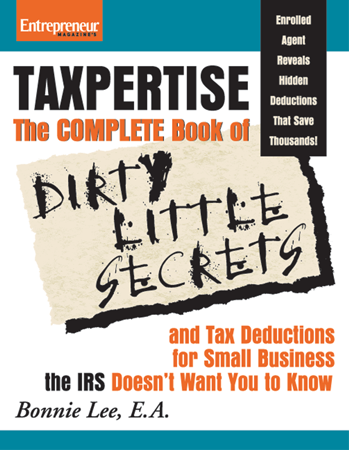This is a direct quote from a Press Release I received from the IRS today:
Washington – U.S. Treasury Secretary Steven T. Mnuchin issued the following statement today in response to comments he has received from his Yale Classmates and others.
“I am writing in response to my Yale Classmates and many other comments I have received urging me to “speak out”. I believe that your letter and these comments raise several important issues and misconceptions that I am prepared to address.
“First, I am proud to serve my country as the 77th Treasury Secretary at this critical time in our history, and I do so with a goal of taking actions to improve the economy for the benefit of all of our citizens. I believe that there is a great opportunity to simplify regulations, reform taxes, and generate millions of jobs through higher growth. Additionally I will use all the powers and resources of the Department of the Treasury’s Terrorism and Financial Intelligence units to combat and stop terrorist financing domestically and internationally. These are my most important priorities as Treasury Secretary. I was honored to travel to all parts of the country with the President during his campaign, be chosen by the President to be Treasury Secretary, and will continue to pursue his agenda.
“Second, with regard to the recent, horrible events in Charlottesville, I strongly condemn the actions of those filled with hate and with the intent to harm others. They have no defense from me nor do they have any defense from the President or this administration. As the President said in his very first comment on the events that were unfolding in Charlottesville, “[w]e all must be united and condemn all that hate stands for. There is no place for this kind of violence in America. Let’s come together as one.”
“Third, as someone who is Jewish, I believe I understand the long history of violence and hatred against the Jews (and other minorities) and circumstances that give rise to these sentiments and actions. While I find it hard to believe I should have to defend myself on this, or the President, I feel compelled to let you know that the President in no way, shape or form, believes that neo-Nazi and other hate groups who endorse violence are equivalent to groups that demonstrate in peaceful and lawful ways.
“Finally, as a Yale graduate and a member of what used to be known as Calhoun College (prior to its name change), I am familiar with the culture wars being fought in our country and the impact it is having on many people, with different views of how history should be remembered. Some of these issues are far more complicated than we are led to believe by the mass media, and if it were so simple, such actions would have been taken by other presidents, governors, and mayors, long before President Trump was elected by the American people.
“Our President deserves the opportunity to propose his agenda and to do so without the attempts by those who opposed him in the primaries, in the general election and beyond to distract the administration and the American people from these most important policy issues – jobs, economic growth, and national security.
“I hope you have a better perspective on my feelings on these issues. I don’t believe the allegations against the President are accurate, and I believe that having highly talented men and women in our country surrounding the President in his administration should be reassuring to you and all the American people. As long as I am Treasury Secretary I will do the best job I can for the American people and provide the best advice I can to the President.”
####
________________________________________
Questions? Contact Us
STAY CONNECTED:


